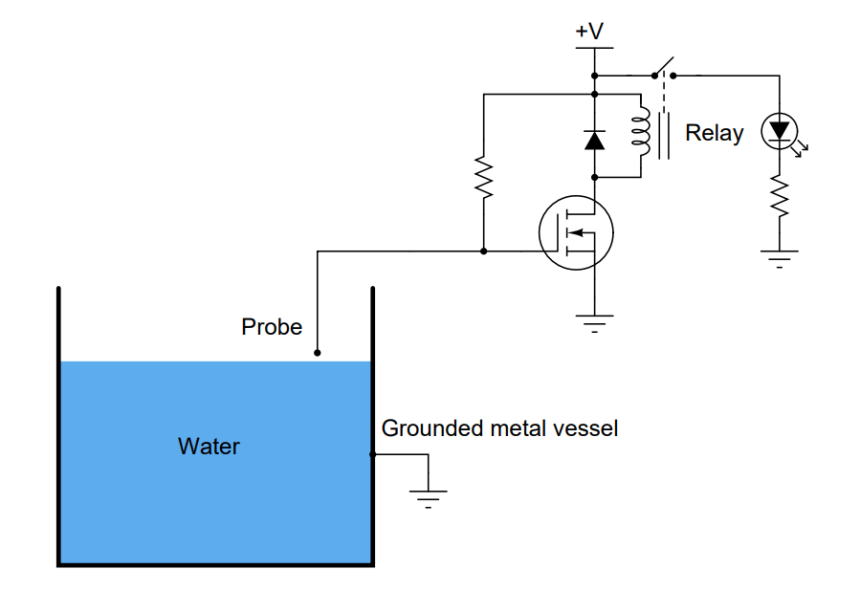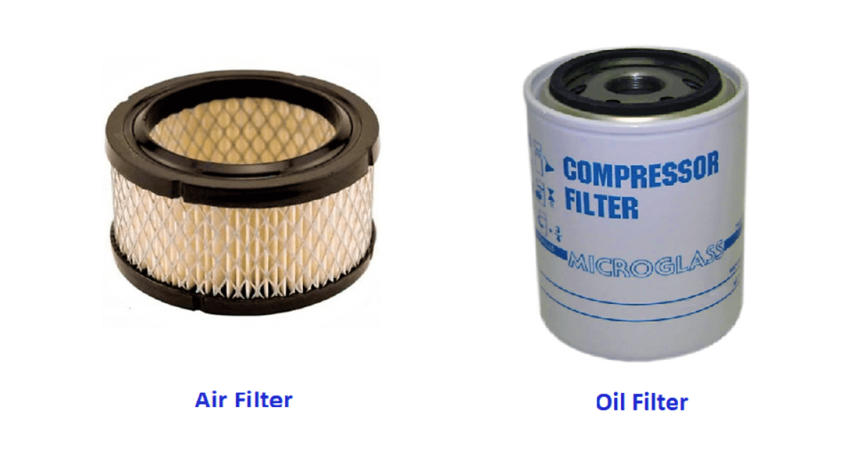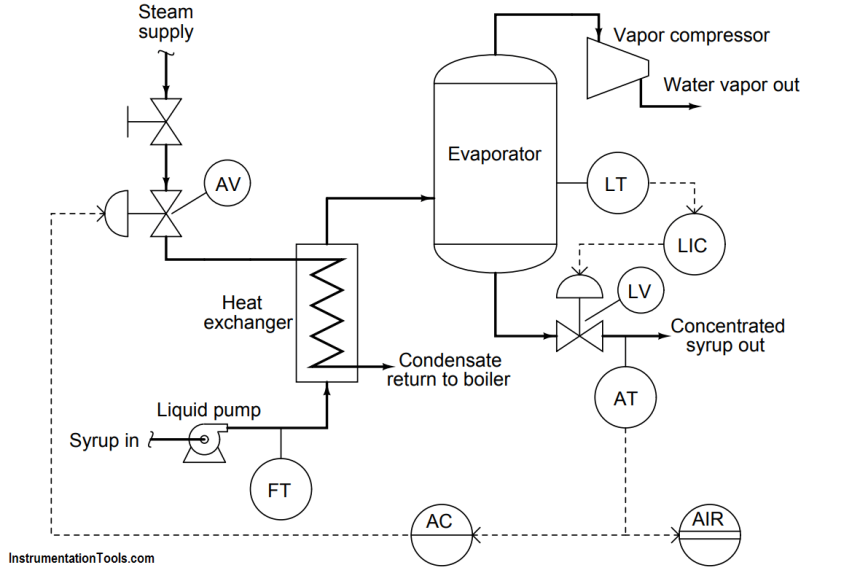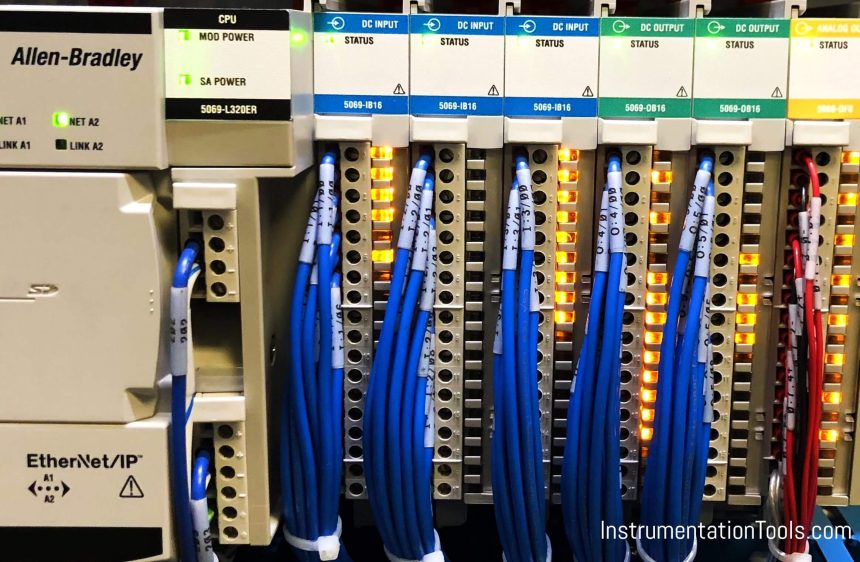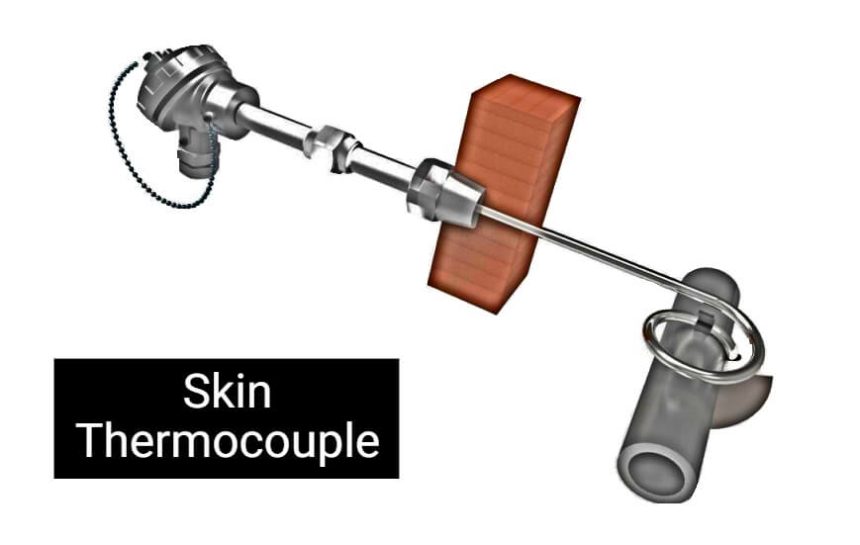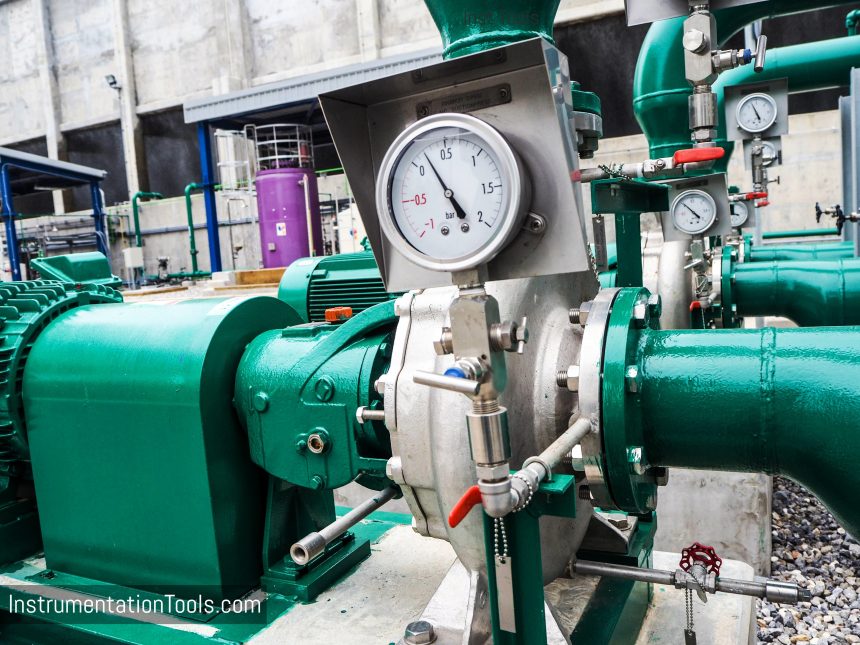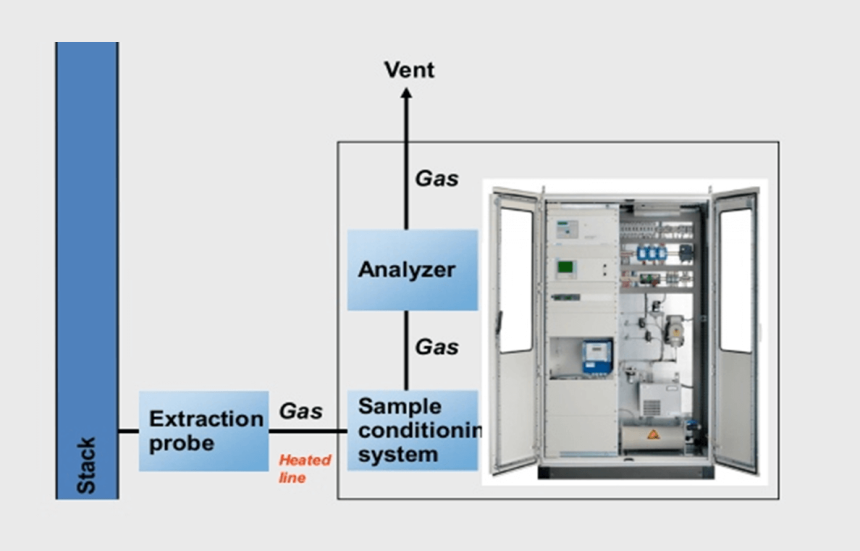Simple High Level Indicator Circuit
A potable water storage tank requires a high level alarm to warn operations personnel. Design a simple indicator circuit.
Filters in Compressors
An air filter is required to remove contaminants from the compressed air. The types of filters in compressors are air and oil.
Types of Circuit Breakers, Advantages, Disadvantages
Based on arc extinction, electrical circuit breakers are classified into four categories. Learn the principle, advantages, disadvantages.
Analytical Control System of Heat Exchanger Questions
Describe in detail the effect this heat exchanger problem will have on the performance of the analytical control system.
What’s the Best GPS Fleet Tracking Software and Systems?
GPS Fleet tracking software has become popular and the number of advantages it brings to companies is prominent. Learn how to stay competitive today.
PLC Question Bank
Get the latest question bank in the industrial automation, PLC programming, and SCADA technical subjects.
Business Skills Every Engineer Needs
Learn the important skills required by an engineer to be a successful sole business trader.
Skin Type Thermocouple
Skin Type Thermocouple is designed to measure the temperature of the pipe or tank surface.
Pressure Gauge Maintenance and Troubleshooting
Here we discussed the pressure gauge maintenance tips and troubleshooting solutions used in process control industries.
Sox Nox Analyzer
Sox Nox analyzer unit consists of suction pump, electric heater, No2 converter, rotameter, moisture detector, calibration gas cylinders.
